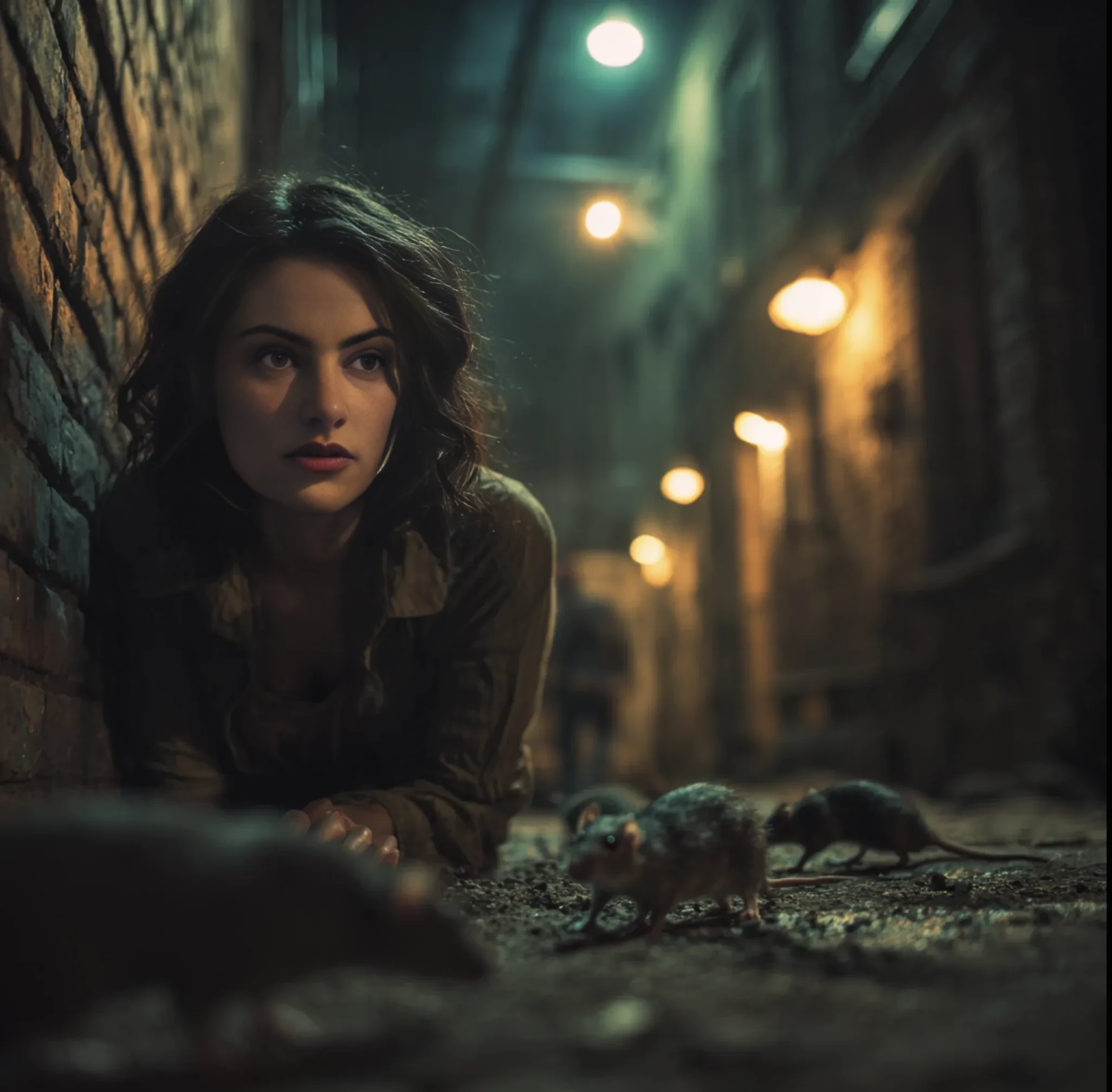Every now and then, you stumble across a movie that sounds epic on paper — demon samurai, historical figures brought back from the dead, burning castles, legendary duels — but somehow manages to make the whole thing feel like a 2½-hour rehearsal for a much better film that never got made. Samurai Reincarnation is that movie.
It’s directed by Kinji Fukasaku — yes, the same guy who gave us the chaotic brilliance of Battle Royale — but here, instead of giving us crisp carnage, he serves up something that feels like the extended cut of a sword fight you wish would end.
The Premise: “What If History, But With Zombies?”
The plot kicks off with Amakusa Shiro, a real-life Christian rebellion leader, being resurrected after the Shimabara Rebellion. You’d think coming back from the dead would be cause for celebration, but no — he’s mad at God, swears vengeance, and starts resurrecting other notable historical figures to help him ruin the Tokugawa shogunate. Basically, it’s The Avengers, but instead of superheroes, it’s a grumpy monk, a bitter swordsman, and a samurai wife who’s had enough of everything.
On paper, that’s a killer premise. In practice, it’s like watching a Dungeons & Dragons campaign where everyone rolled “brooding” as their only character trait.
The Cast: All-Stars of the Stony-Faced Stare
You’ve got Sonny Chiba as Yagyu Jubei — legendary samurai, eyepatch enthusiast, and the only man in the film who seems vaguely aware of how ridiculous everything around him is. Hiroyuki Sanada is Kirimaru, the token “youthful conscience” who spends most of his time looking conflicted before dying anyway. Ken Ogata pops in as Miyamoto Musashi, the greatest swordsman in history, who in this movie mostly exists to get beaten, leave, come back, and get beaten again.
Everyone delivers their lines like they’re reading aloud from an ancient curse, which would be fine if the pacing didn’t drag like a wounded ronin crawling up Mount Fuji.
The Villain: Shiro, Patron Saint of Holding Grudges
Kenji Sawada’s Amakusa Shiro is a fascinating idea — a betrayed rebel leader who decides to wage supernatural war on Japan. Unfortunately, the film turns him into a guy who spends most of his screen time smirking and saying cryptic things, only to leave the heavy lifting to his resurrected minions. He’s the kind of boss who calls meetings but doesn’t actually do any work.
When the final duel with Jubei finally arrives, you expect fireworks. Instead, you get two guys whacking each other until one loses his head — literally — and then the severed head delivers a speech about coming back again someday. It’s less “terrifying” and more “Saturday morning cartoon villain promising revenge.”
The Sword Fights: Yes, There Are a Lot. No, They’re Not All Good.
Given the pedigree of the cast, you’d think the swordplay would be breathtaking. And sometimes, it is — for about 10 seconds at a time. Then the fights just keep going. And going. And going. The film has the stamina of a marathon runner, but the grace of someone running in flip-flops.
By the time we get to the burning castle finale — which should be jaw-dropping — you’re so numb from endless blade-clashing that it’s hard to care who wins. I could’ve sworn two of the fights actually started to loop, like someone accidentally hit rewind.
The Pacing: Cinematic Sake — Slow to Pour, Hits Hard Late, Gives You a Headache
The movie’s middle act is where time ceases to exist. Characters wander from scene to scene, muttering about vengeance, destiny, and swords that can “even kill God.” Theoretically, that should be cool. In reality, it plays like a fever dream where everyone forgot the point halfway through.
The constant cycle is:
-
Meet new resurrected warrior.
-
They stare at something for a while.
-
They kill someone important.
-
Sonny Chiba frowns somewhere off-screen.
Repeat until the audience either falls asleep or starts rooting for the villains out of sheer impatience.
The Production: Gorgeous, But in Service of What?
To its credit, the film looks fantastic. The art direction is so good it actually won awards — lush period costumes, atmospheric sets, and some truly striking imagery. The burning castle sequence in particular looks like a painting come to life.
But it’s all window dressing for a story that can’t decide whether it wants to be philosophical, operatic, or just an excuse to watch Chiba hack people to pieces in slow motion. By trying to be all three, it ends up being none.
The “Deep Themes”: Somewhere Between Genius and Gibberish
There’s a running undercurrent about faith, betrayal, and what it means to sell your soul. Unfortunately, it’s buried under so much repetitive swordplay and soap-opera melodrama that by the time anyone delivers a profound line, you’re too busy checking your watch to process it.
It’s like ordering a gourmet meal and being served 14 courses of breadsticks before you get to the main dish.
Final Verdict: Resurrection Fatigue
Samurai Reincarnation is one of those films where you can see flashes of brilliance — the premise is bold, the visuals are rich, and the cast is stacked with talent. But it’s bogged down by its own ambition and a refusal to cut the fat. What could have been a tight, thrilling supernatural samurai tale instead feels like a three-hour miniseries condensed into two hours, with none of the good bits surviving the edit.
If you’re a die-hard fan of Sonny Chiba, you’ll probably find enough here to justify the watch — but for everyone else, it’s a test of patience disguised as a revenge epic. By the end, you might find yourself rooting for Shiro’s promise to “return again,” just so he can bring an editor with him next time.


